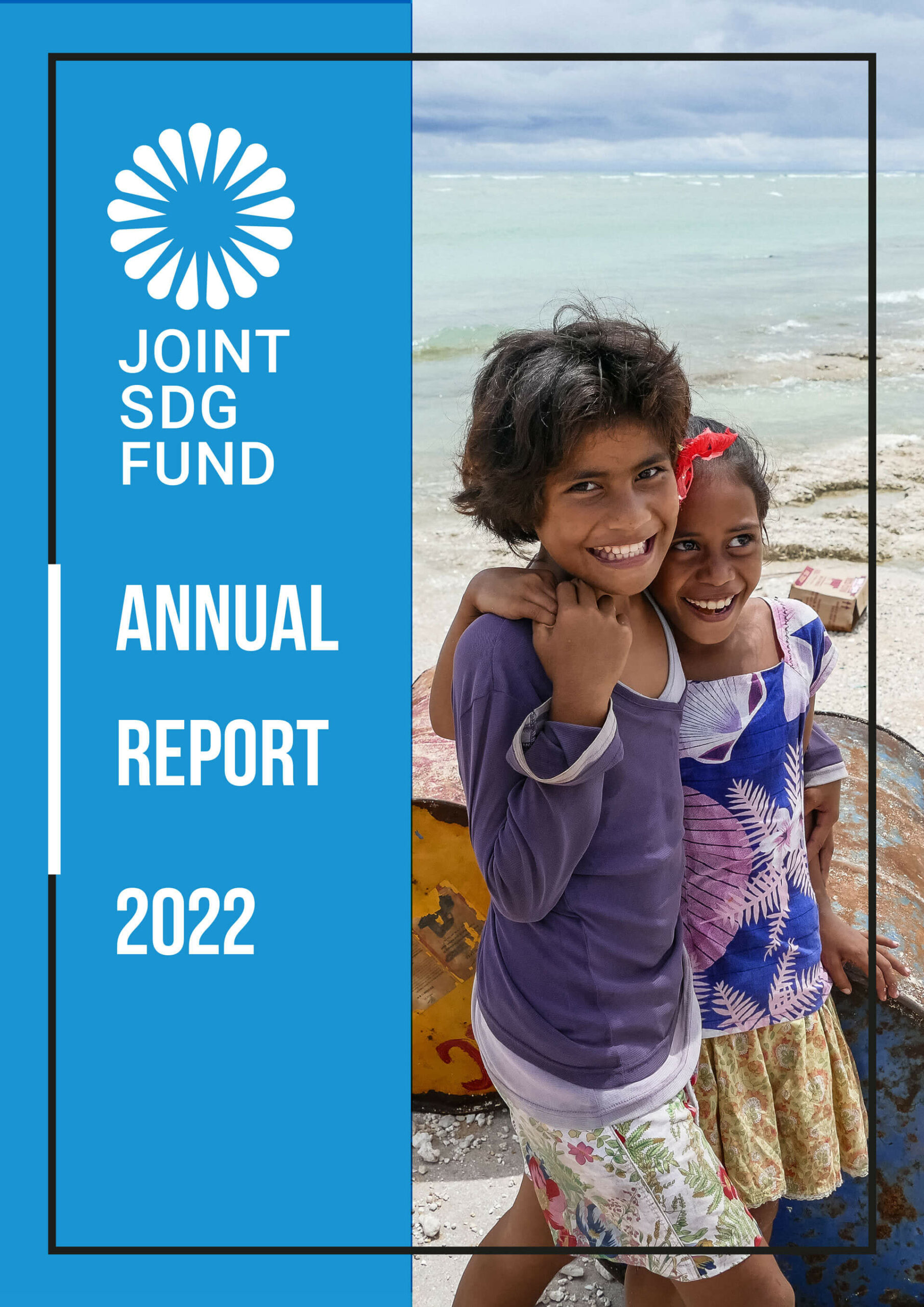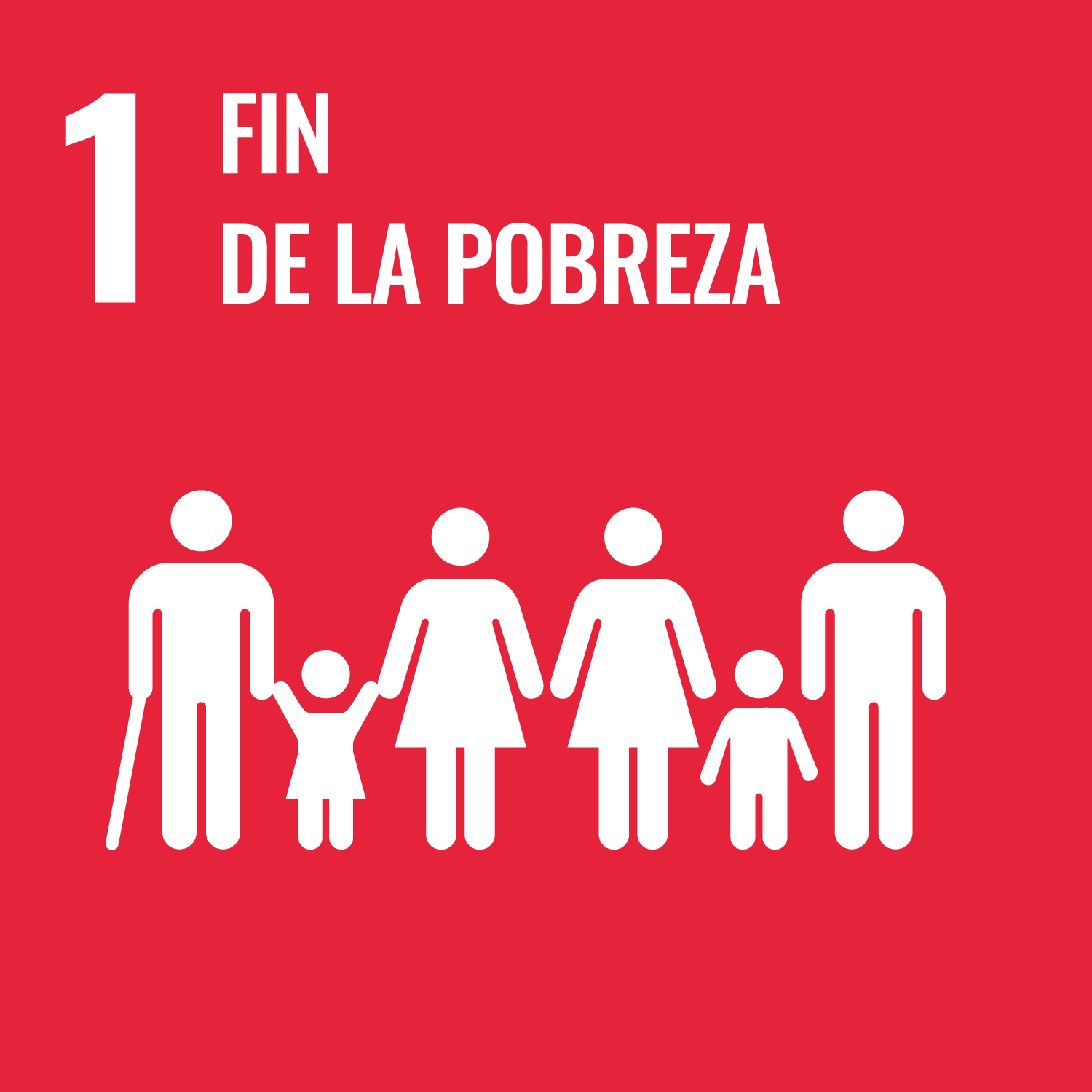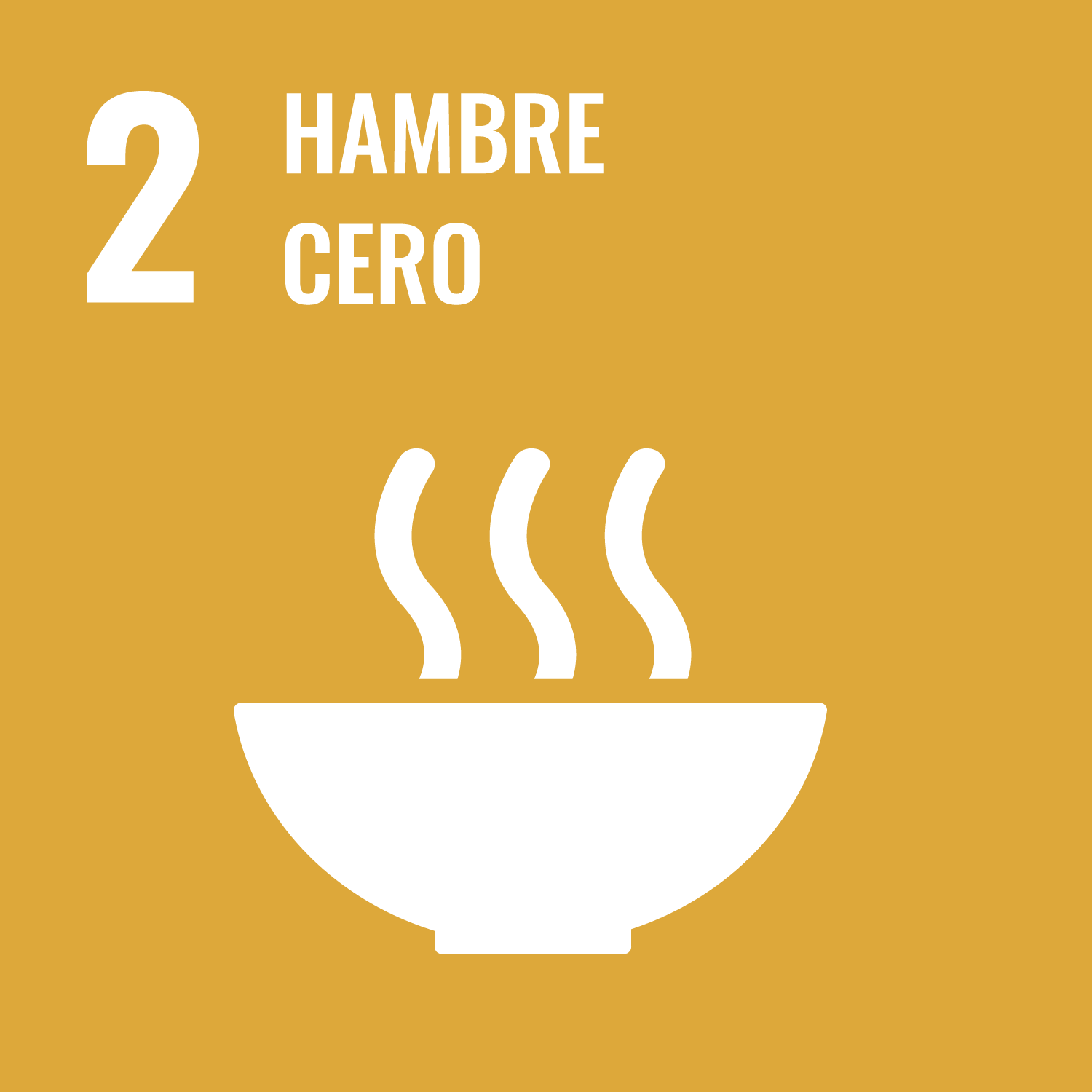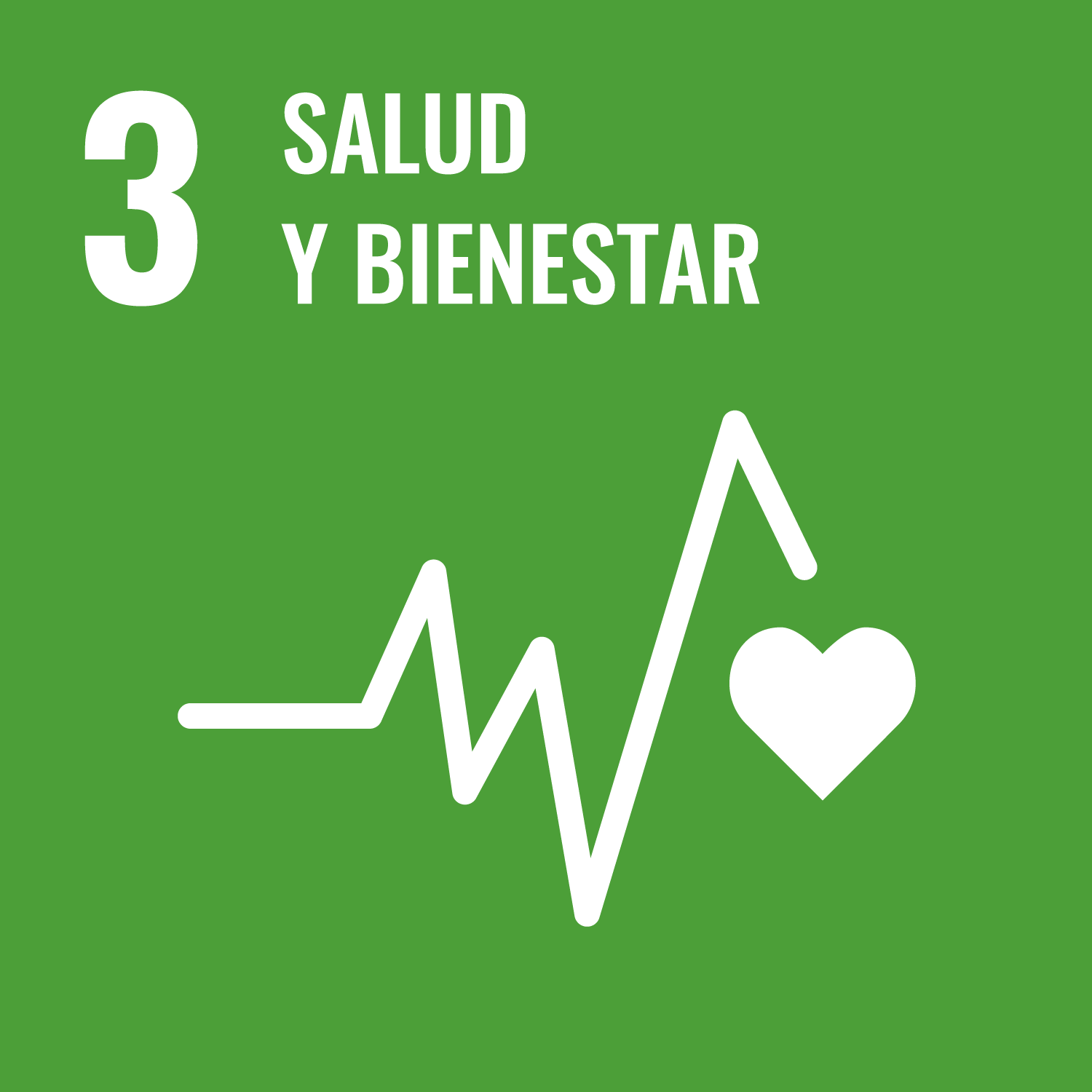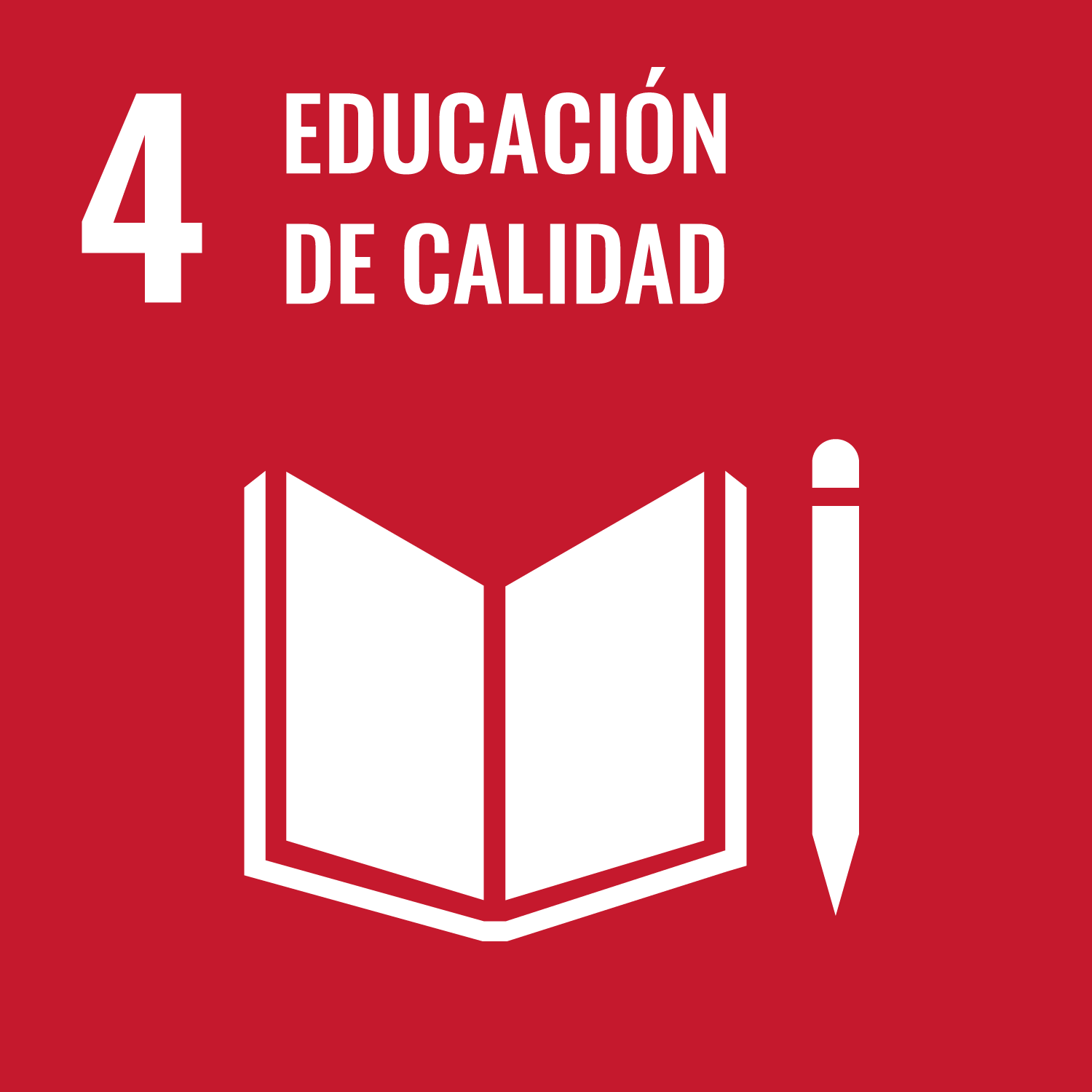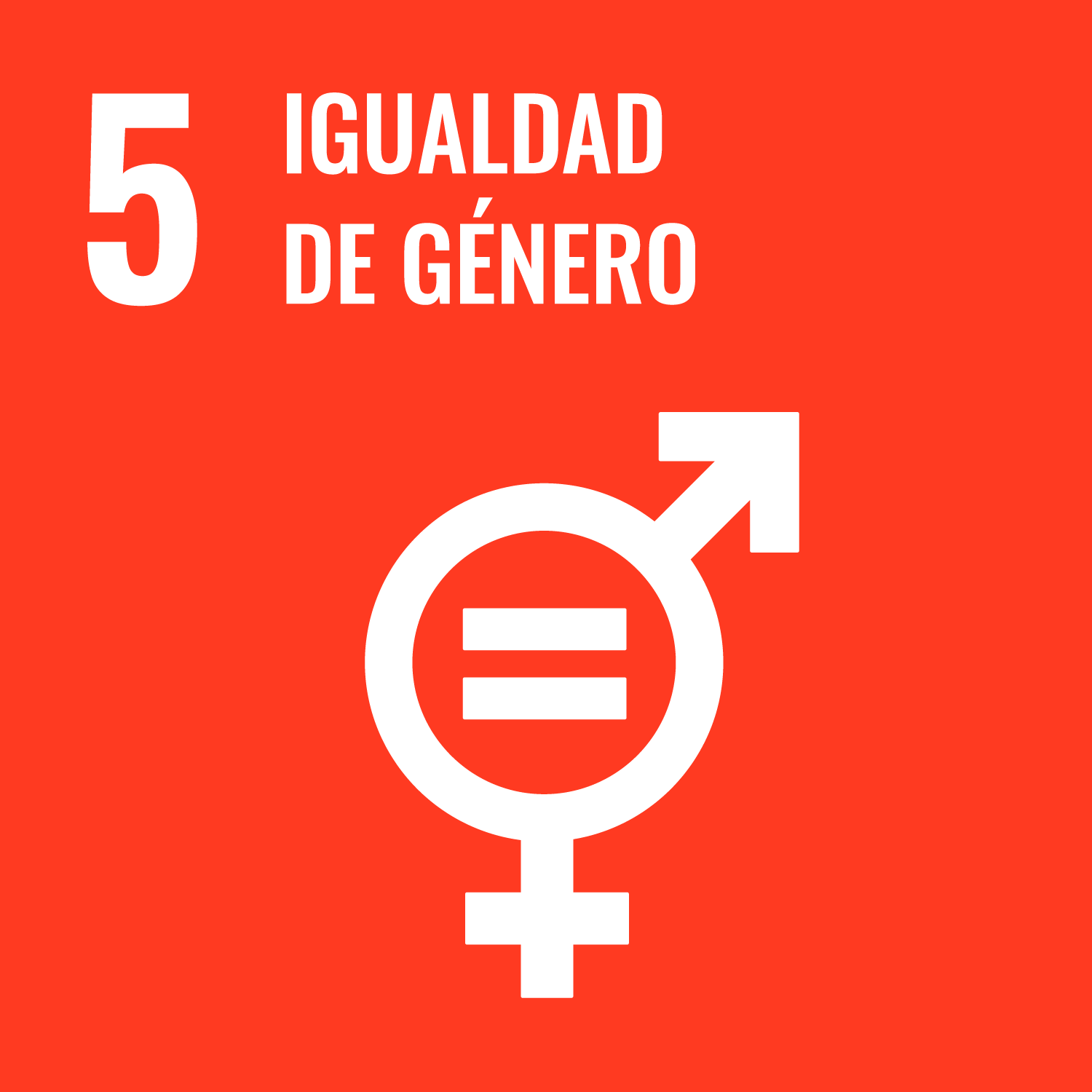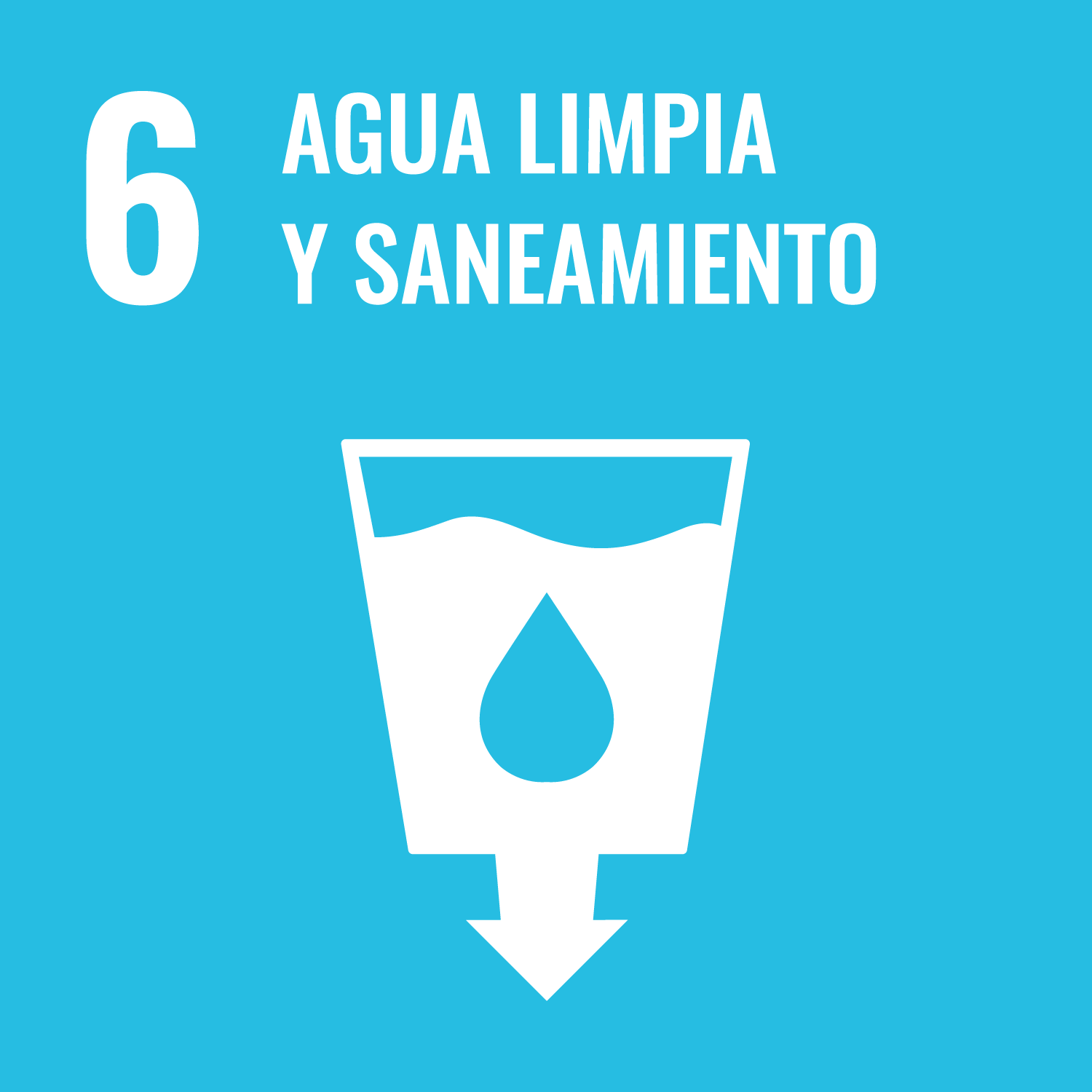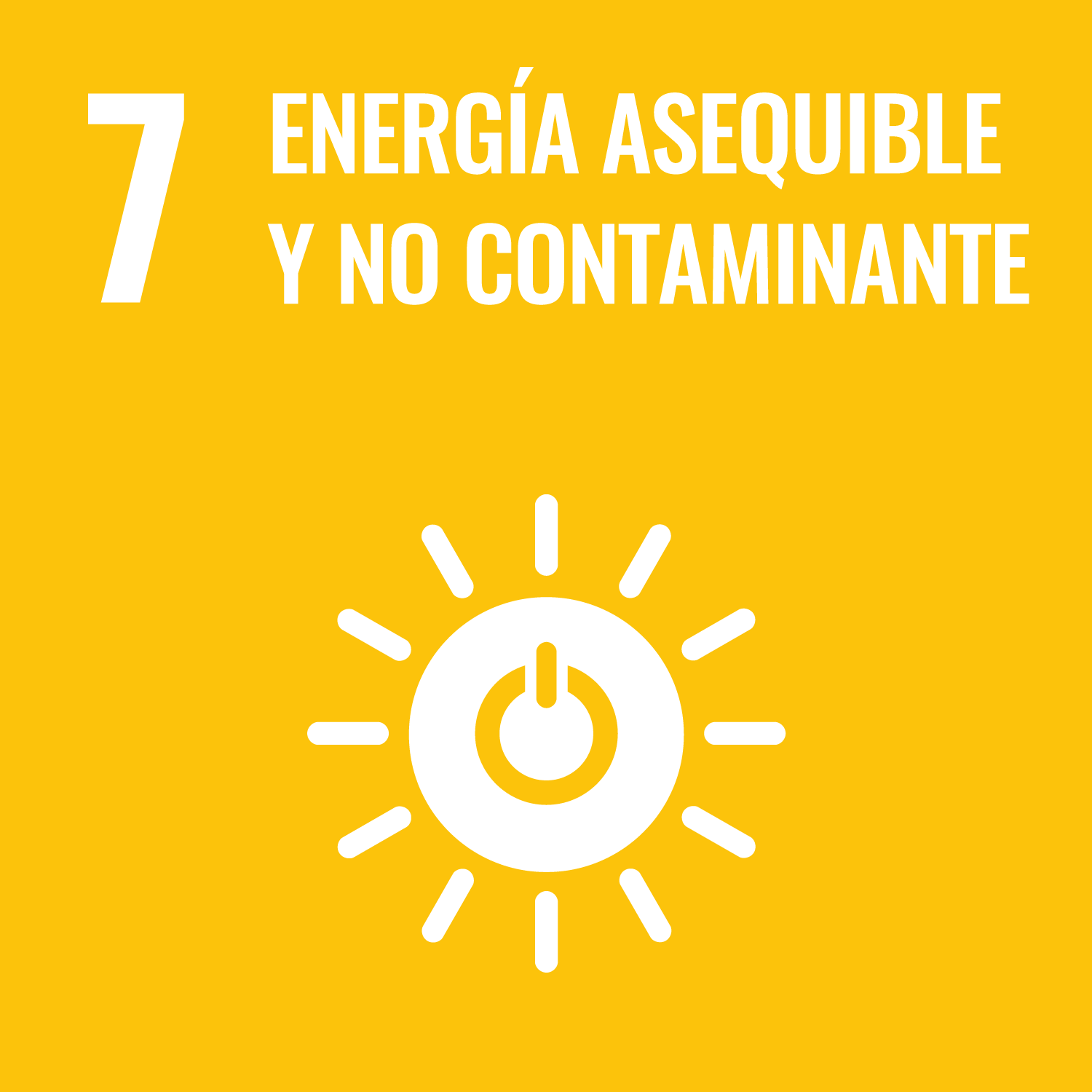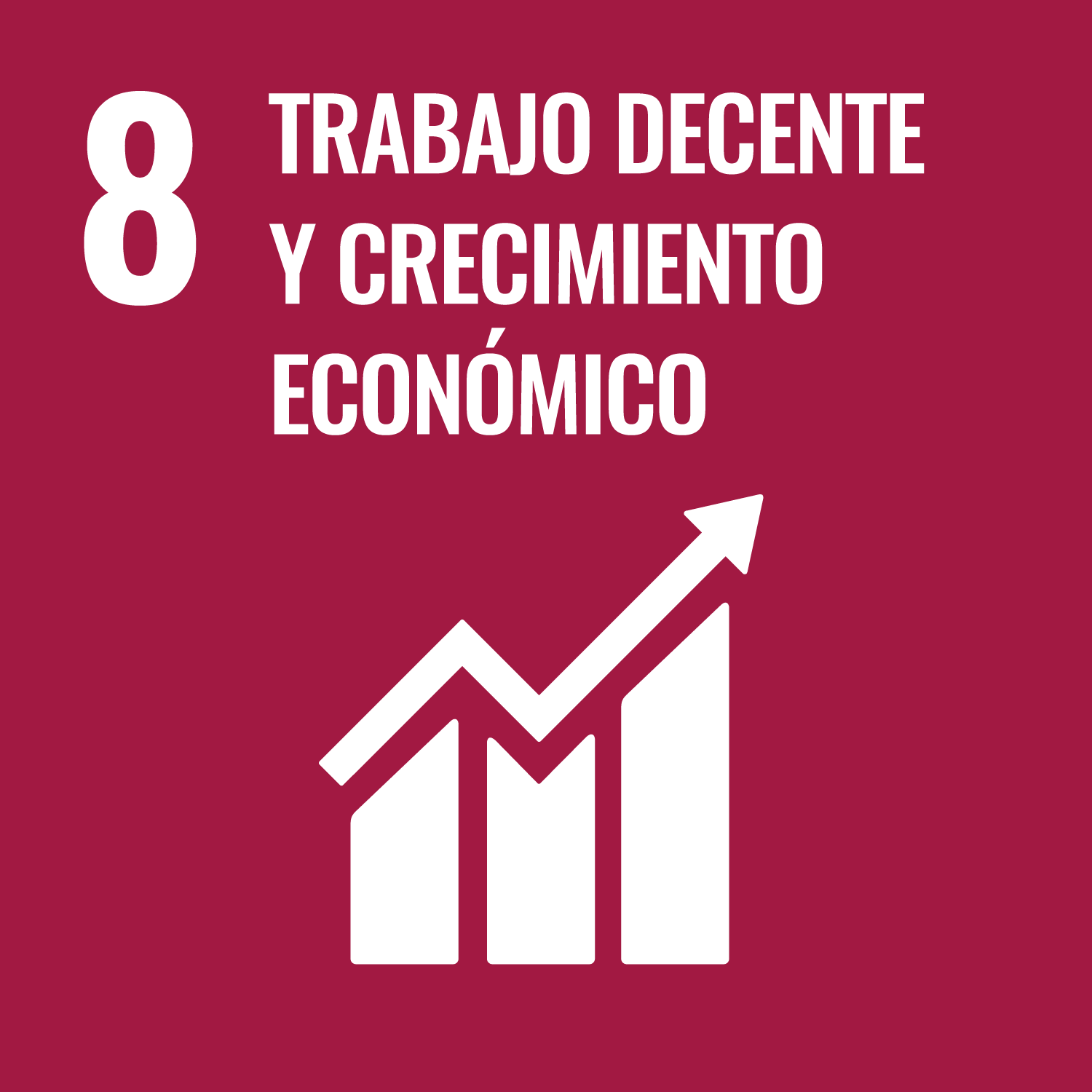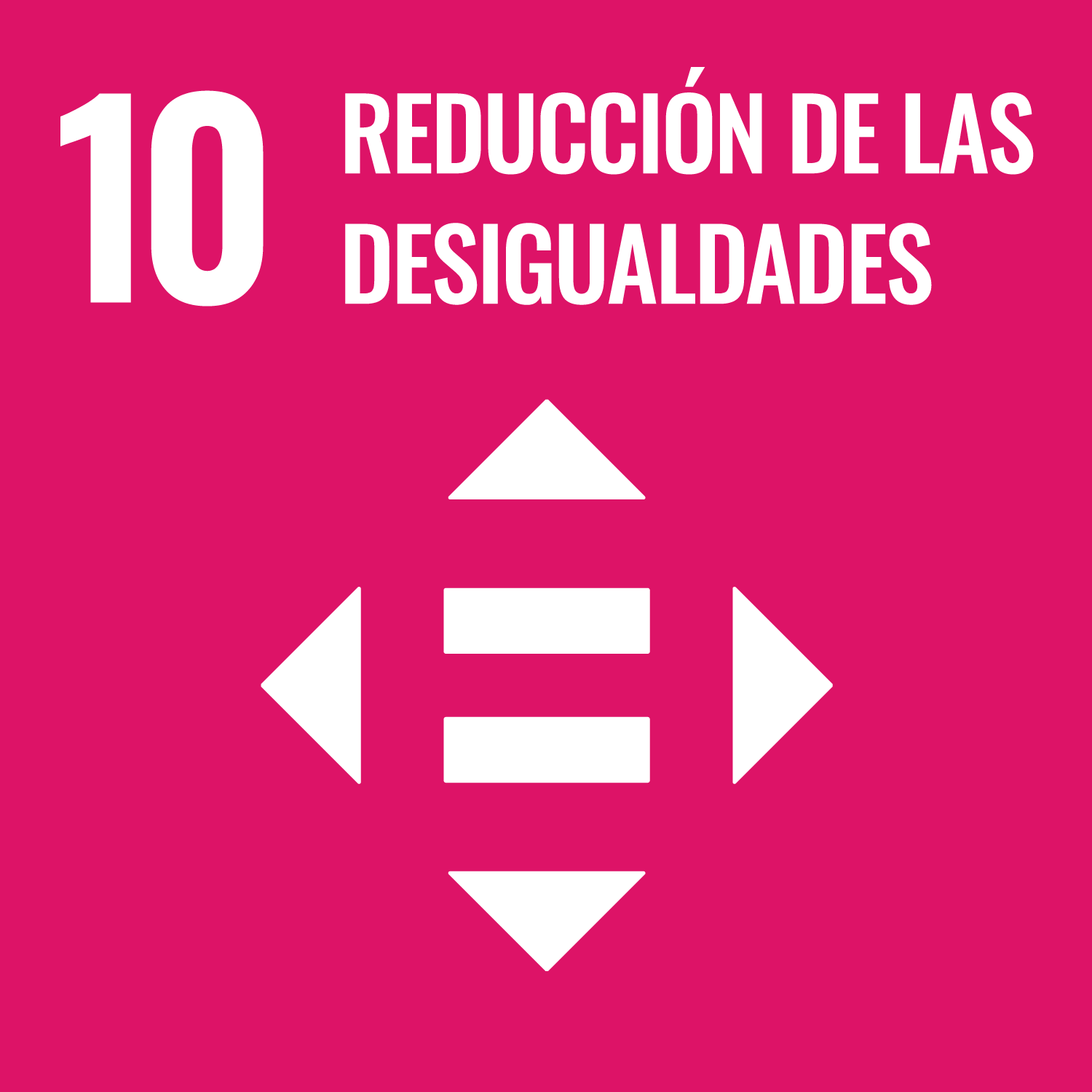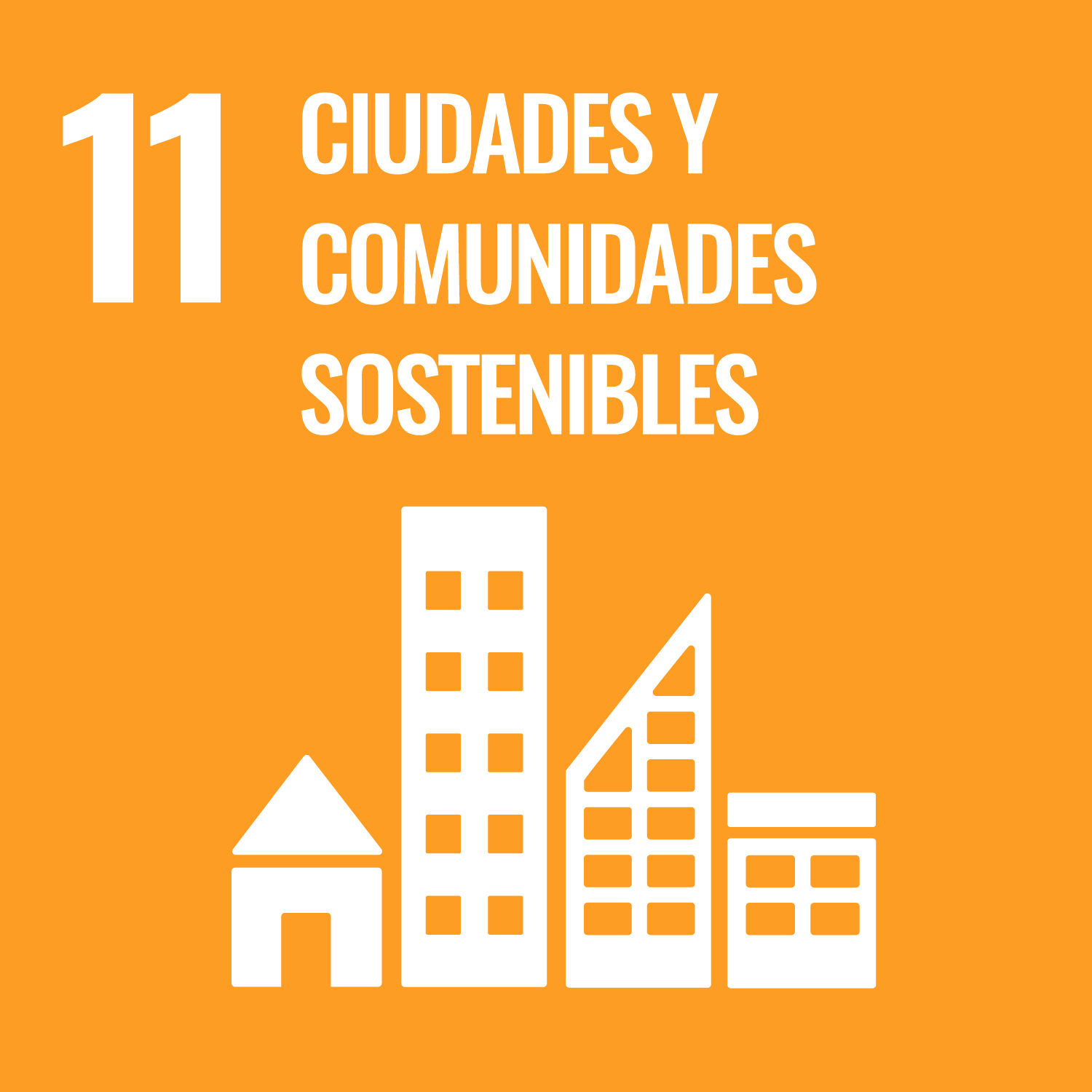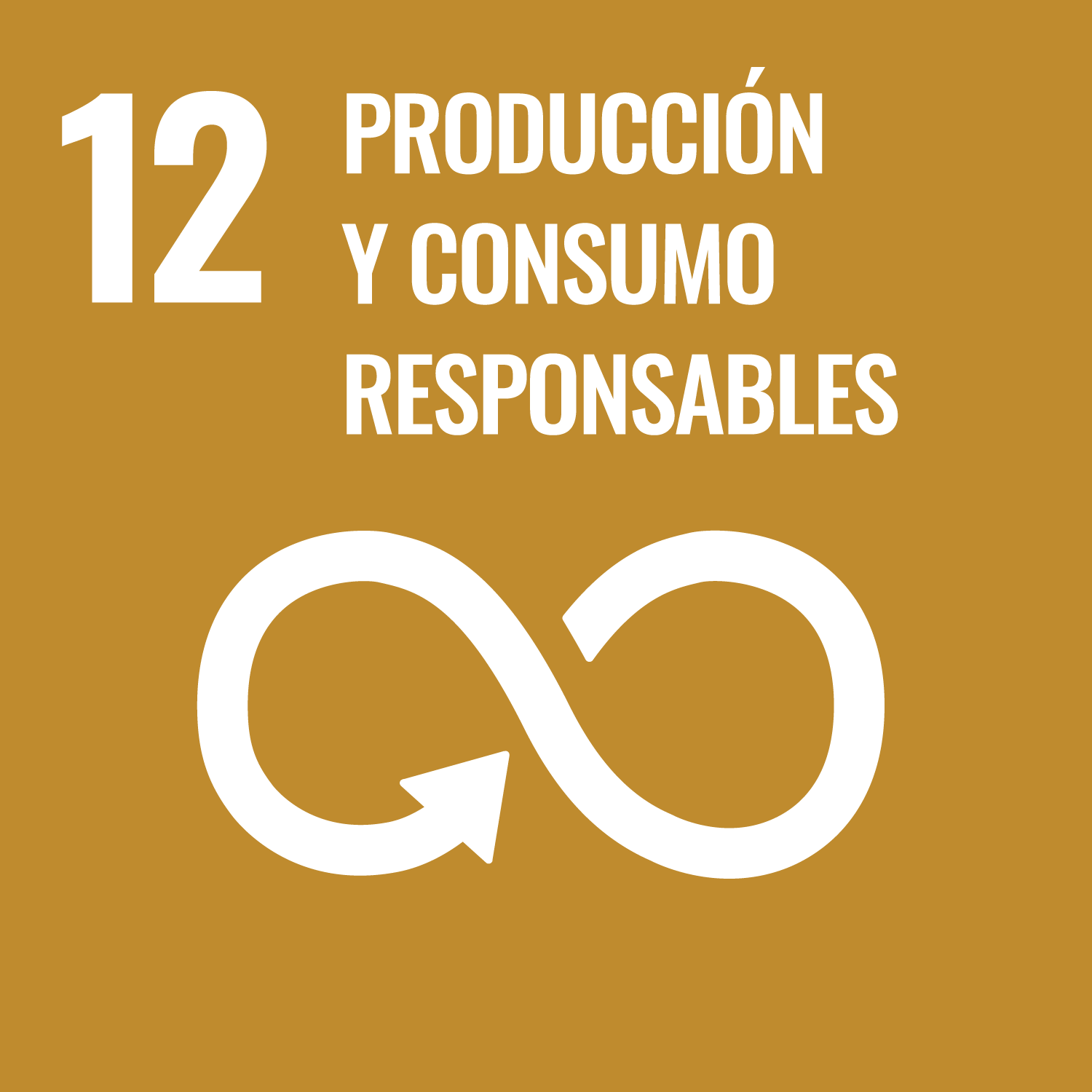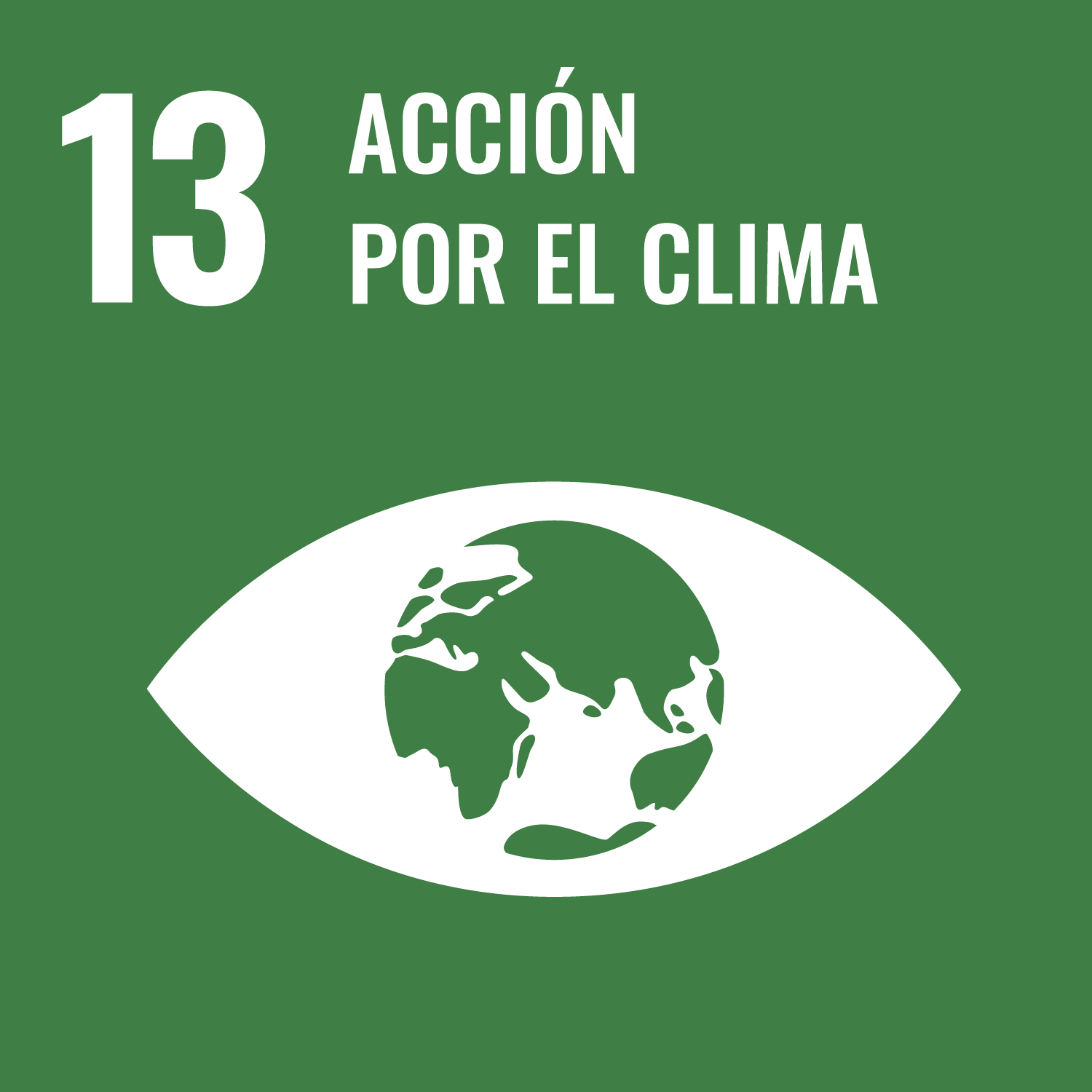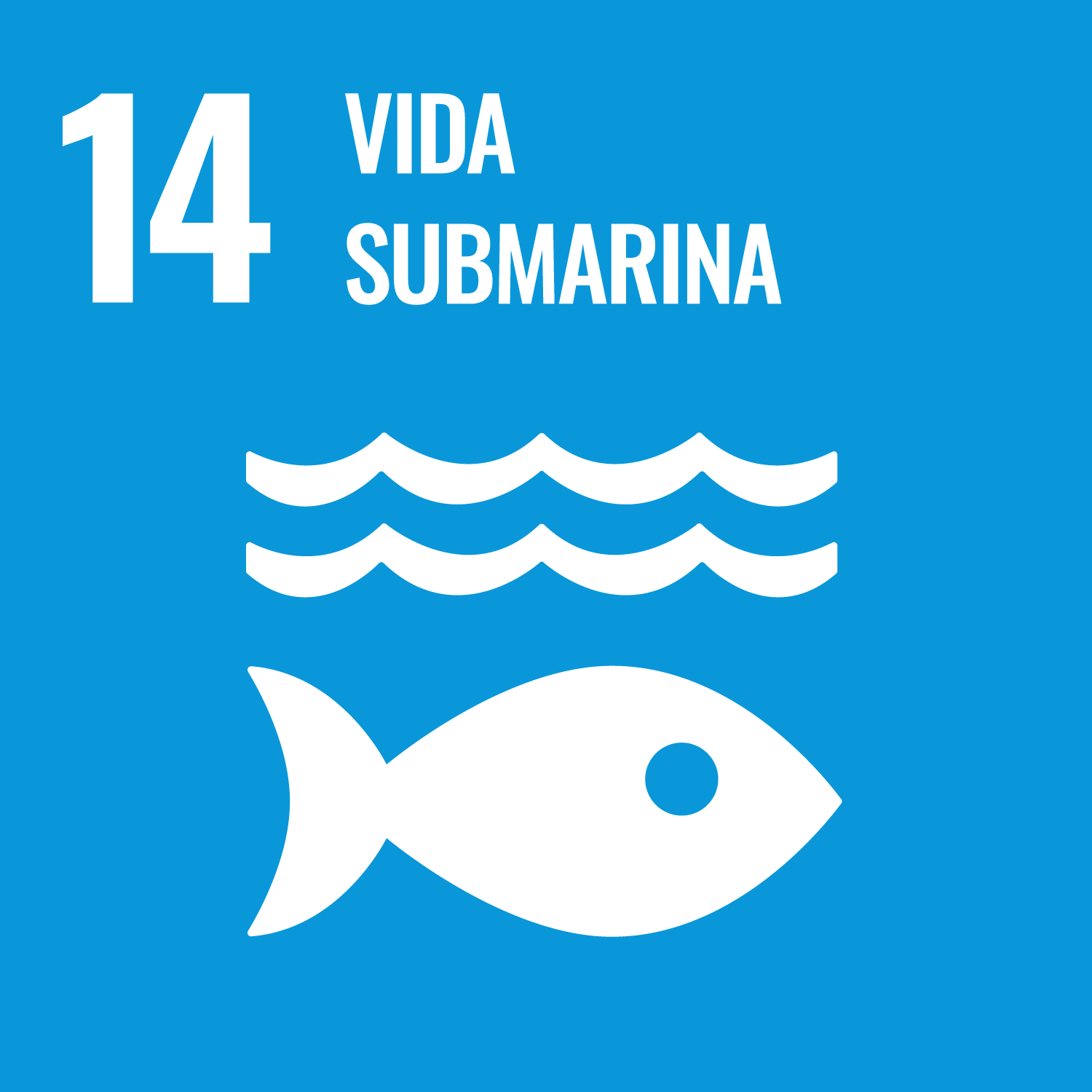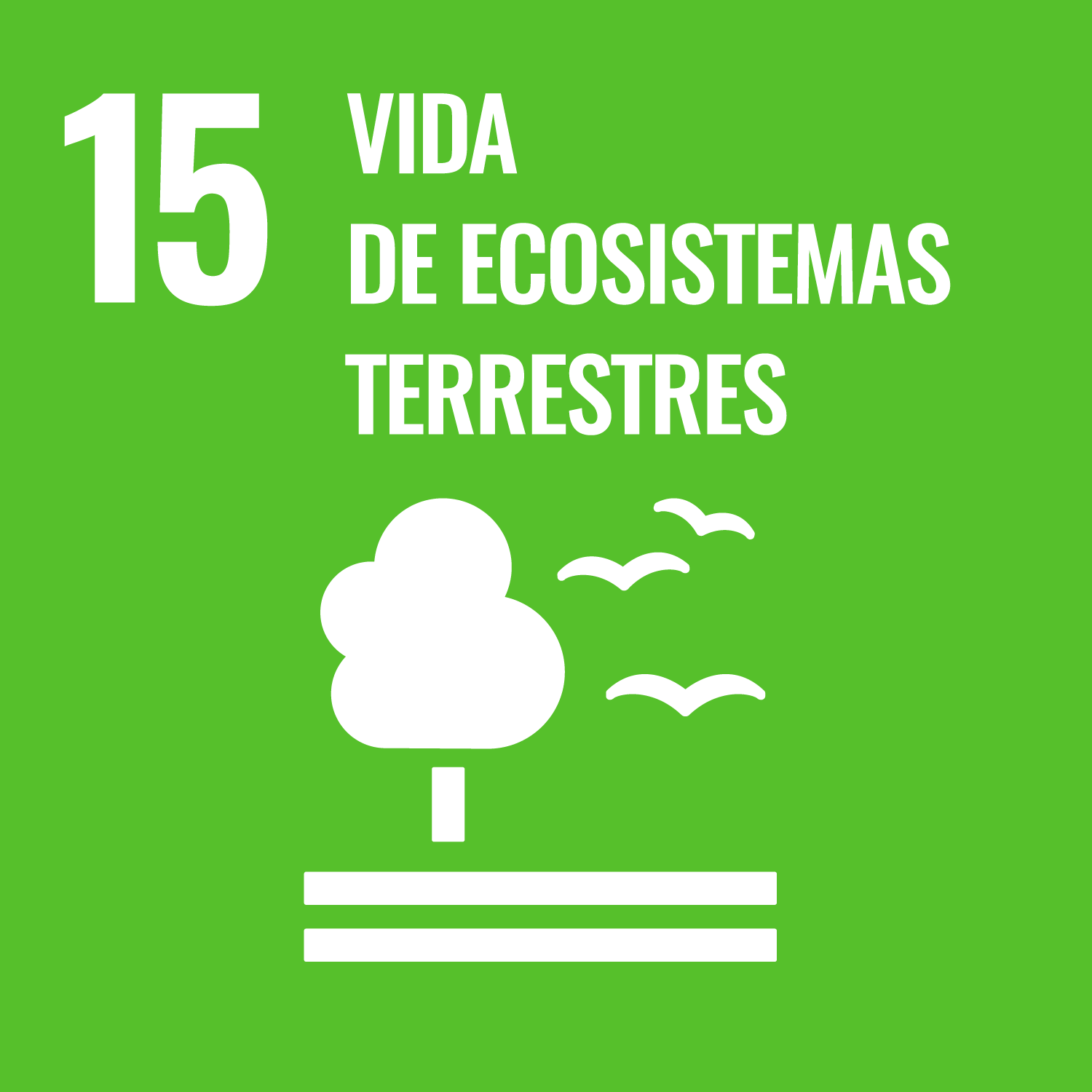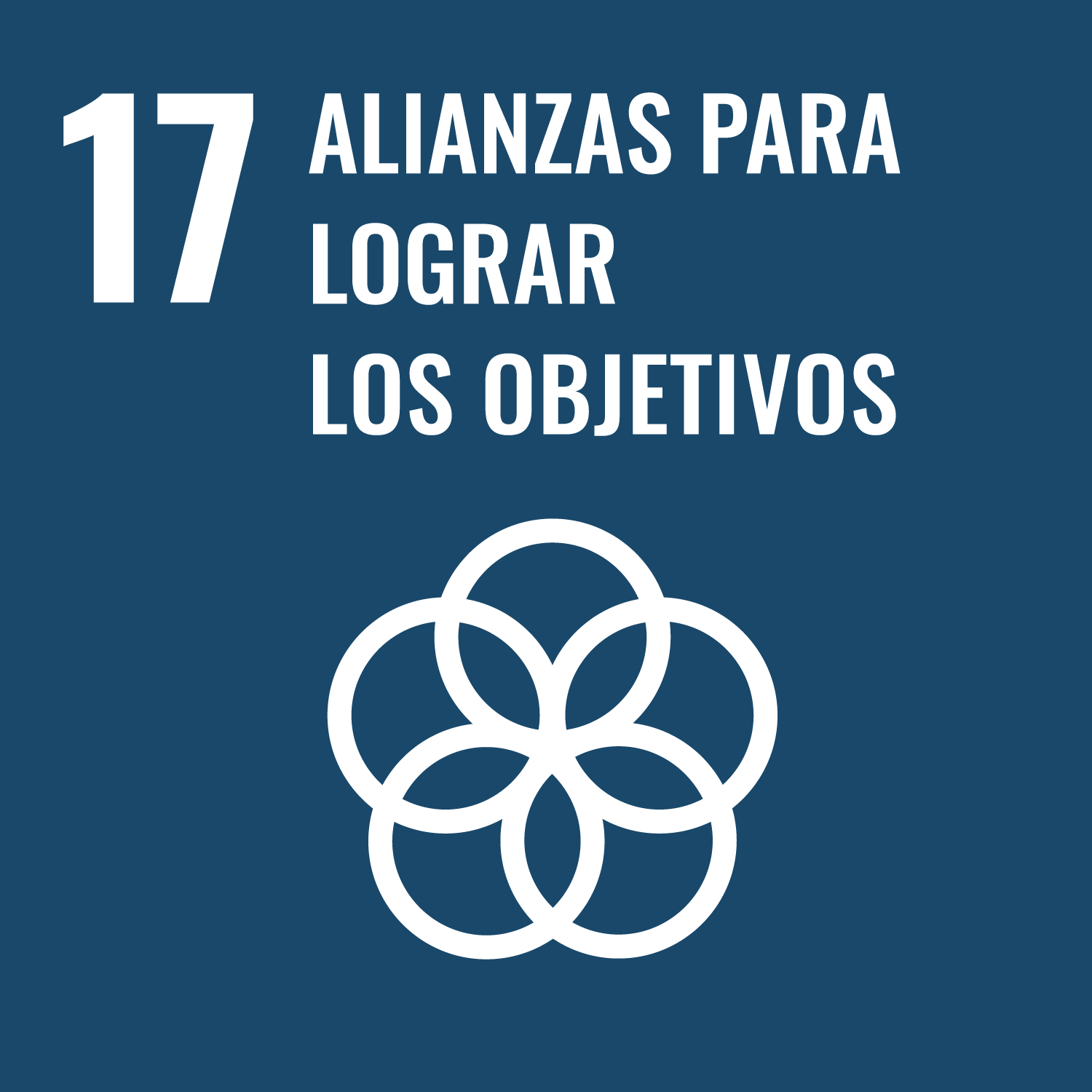Djaja Baldé speaks with difficulty, she’s a stammer, but that doesn't undermine the strength of her gestures nor the sparkle in her eyes as she leads us through the fields she cultivates with her family: “Look around, see for yourself. Never in all my years have I had so much rice.”
We are in the east of Guinea-Bissau, in the Gabú region, specifically in the village of Sintchä Benfica, in the Pitche sector. On collective transports, traveling to and from the capital entails a hazardous 6 hours road trip, usually under scorching sun and along long stretches of dirt roads where movement raises so much dust that it becomes difficult to breathe.
In this remote and hard to access area of Fulani and Muslim majority live some of the populations facing the most difficulties in the complex Bissau Guinean geographic and ethnocultural mosaic. It was one of the regions chosen as location of 5 of the 15 pilot fields for improved rice production created this year by the Food and Agriculture Organization (FAO) and the World Food Program (WFP) at national level, together with the contiguous region of Bafatá and the southern region of Quinara.
In total, throughout 2022, 150 rice farmers were invited to participate in this project, co-financed with US$250,000 by the Joint Fund for Sustainable Development Goals and the FAO and implemented by the FAO with the WFP.
In Sintchä Benfica, Djaja Baldé was part of a group of 7 men and 3 women who received training in planting techniques of the System of Rice Intensification, which involves practices different from those traditionally followed in Guinea-Bissau.
These are not new practices nor do they call upon recent knowledge: it is the same system used for decades with very positive results in other countries, including Guinea-Bissau's neighbors such as Senegal, Guinea Conakry and Mali, where harvests reached a sixfold increase compared to traditional production methods. It so happened that, at the end of the 1990s, when this African sub-region received international support for the establishment of pilot fields, Guinea-Bissau was emerging from its devastating civil war – the country did not have the conditions to enter with the counterparts demanded by international donors, thus remaining on the sidelines of the advances verified across borders.
Isolated, in areas of difficult access and with few or no means of communication, the rural populations of Guinea remained alien to new practices and stuck to ancestral production models. Until now.
Djaja sounds adamant and is visibly moved: “This year my family will eat properly, with no worries. I will never go back – I will use this new technique until the end of my days, until I die!”
It is the expression of the same enthusiasm and happiness that we find among all the women farmers, in all the communities where pilot fields have been set up. No exception. And yet, the results obtained are not exceptional.
The productivity meter points to very uneven results, with the collection of between 1.7 to 7 tons per hectare. Two communities in the Bafatá region, with better water resources and more fertile soils, had exceptional results: 6 and 7 tons, respectively. The southern Quinara region, thought especially promising for mangrove rice paddies, turned the lowest results: an average of 2.1 tones per hectare. As for the communities in the Gabú region, they turned a 2,7 average. This falls well short of the expected 4 tonnes at national level. Broadly, results represent, however, the doubling of the volume of the usual harvests. In regions where acute food insecurity has trapped more than 108,000 people in need of immediate food support, one can easily understand the relief and joy this evokes. Especially at a time with historical levels of inflation and price increases, which have been further aggravating the living conditions of those who were already facing more difficulties and putting the security of new social groups at risk.
According to the most recent Cadre Harmonisé for identifying risk areas and vulnerable populations in food and nutritional insecurity in the Sahel and West Africa, dated of mid-November, in Guinea-Bissau, between June and October 2023, during the monsoons, which are considered the hunger season, it is estimated that the group of those in need of immediate food aid will increase by 0.5% compared to 2022, surpassing 117 thousand people. But a sharp increase in those who will need resilience-building programs must also be taken into account: 2.6% more people in this group, which will increase from around 236 thousand people in 2022 to more than 281 thousand people in 2023.
In such a context, a doubling on the volume of a harvest takes on new meanings. Adding to this, in a region also struggling with difficulties in the distribution of water resources, the reduction of up to about 50% of irrigation needs for the new production system, compared to ancestral rice production techniques, also comes into play.
As in most of the traditional world, in rural Guinea Bissau it is believed that rice needs wetlands for proper initial growth. Traditionally, germination is done for about 1 week and the plant is left to grow in the nursery for 3 to 4 weeks. Only at that time, when 8 to 10 leaves have sprouted, is the transplant usually carried out.
During these periods, it is common to see groups of women walking along rural roads, sometimes for long distances under huge bales of green rice that they carry on their heads from the wetlands to the different dry plots for permanent planting. Hard work when, in fact, the young plant is more adaptable and, in this growth phase, benefits from rainfed.
In the system now taught and applied in the pilot fields, the 45 days that usually elapse from germination to transplanting were reduced to just 8. The planting technique was also reviewed: instead of the usual 4 to 5 seedlings per hill, only 1 was used – a change that, by itself, lead to the production of an average of 60 tillers, instead of the 20 to 30 traditional.
However, there are still a number of challenges to overcome. If the pilot fields have benefited from selected seeds, mechanized plowing and mineral fertilizers, few producers have the means to support these costs, now increased in the global and national context of inflation, which limits the transfer of the technique from pilot fields to peasant fields.
In the pilot fields, two fertilizer applications were made – 150 kg of mineral fertilizer per hectare, the first application 15 days after transplanting, the second one month later. Unfortunately, this which before the outbreak of the fertilizer crisis would have been an investment of US$58 per hectare, now, 10 months after Russia's invasion of Ukraine, represents an amount almost three times higher, rising to US$170. An amount unaffordable in the universe of subsistence and family farming of a country where a quarter of the population lives below the poverty line of US$1.90 per day – that is, US$60 a month –, according to the World Bank.
Faced with this new global reality, the project is now raising awareness on the use of organic fertilizers and composting. These are known techniques, but not valued by farmers, perhaps partly due to the large amounts estimated to be necessary for good effects on Bissau Guinean soils.
Around 12 tons of organic fertilizers are believed necessary per hectare for good results. These are, however, estimates based on non-scientific knowledge of the needs of national soils: also during the civil war, the National Soil Laboratory was severely affected and has not returned to full functioning since – with financing from the World Bank, the FAO is currently supporting the rehabilitation of the labs’ facilities as well as training of the institution's technical staff.
Originally published on FAO

